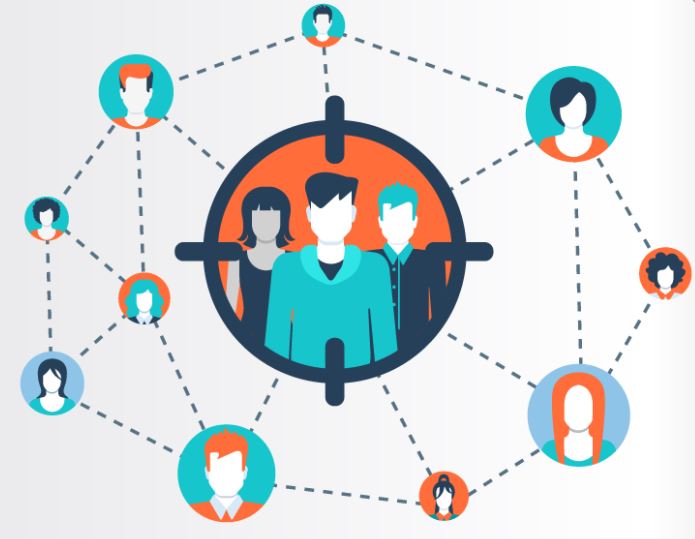Ecommerce is in an unprecedented peak phase. Lockdowns, store closures, working from home, all circumstances drive the consumer online. Whether he wants to or not. And once the consumer has online, he or she expects a User Experience that fits well with his or her wishes and experience. So is personalization the holy grail for every Ecommerce entrepreneur. The road to the mythical scale starts with a solid personalization strategy.
Ecommerce has many faces. B2C web shops, B2B platforms, rapidly emerging DTC channels (Direct to Customer) and the rapidly growing range of marketplaces, they all have one thing in common. And that is: the ultimate challenge to pamper the (end) user. In view of the pressure on the net, this is a bitter necessity.
Or, as Shopify puts it in its international market research The future of ecommerce in 2021: 'To compete with marketplaces and retail giants, brands are investing in a richer, more personalized User Experience. Humanizing brands helps to increase customer loyalty. This is a top priority as the cost of attracting new customers increases and digital advertising faces many uncertainties.'
Personalisation has many gradations'.
From suitable offers to a personal greeting or even a birthday wish. Personalisation has many gradations. On the one hand, every personal touch in the Customer Journey is a profit, but on the other hand, you shouldn't go overboard. Consumers demand sincerity and authenticity. Fake behavior is risky, mistakes can be disastrous. Address a female customer with 'Dear Sir' and you've lost her for good. Vice versa, of course. Moreover, a bombardment of 'personal offers' can make customers wary.
What then? Both your personalisation strategy and its implementation require in-depth customer knowledge. As a Ecommerce entrepreneur and/or online marketer, you need to know your audience through and through. The creation of customer segments and personas will help you do that. And in order to (learn to) know your audience, you need optimum access to your customer data.
A successful personalisation strategy is built on customer data'.
Because customer data tells you how you should ideally organize the customer journey for each customer segment and individual customer. All data counts in the 360⁰ profile that you create of your clientele. Name and address details, real-time search and purchase behaviour, historical transactions, activities on the physical shop floor, social media, you name it. All those pieces of the puzzle you put together to know your customer. Complicated? Quite so. But innovative data technologies and specialist data platforms make the impossible possible and manageable.
In short, the basis for your personalization strategy is formed by the systematic collection, analysis and application of customer data. It is essential that you do this discreetly and in compliance with privacy laws and regulations. Moreover, it is very important that you distinguish between customers who have been connected to your platform or brand for a long time and relatively new customers. If you are new to something, offline or online, it's weird to be greeted as a good acquaintance. In other words: be careful with joviality.
As said, your personalisation strategy starts with data, data and more data. Based on your knowledge of the customer, you take the next steps. A first step in the personalization process, for instance, is segmenting your customer base. You then take further steps on the basis of these segments. The crucial questions are: who are my customers, what drives them, what do they expect from me, and how do I make their search for a solution or product as pleasant, personal and streamlined as possible? You carry on from there.
10 tips for setting up a personalisation strategy
By personalizing your content, for example, setting up personalized email campaigns, automating your ad buying and personalizing the real-time Customer Journey on your site. Almost anything is possible and smart technologies and tools are available for every desired upgrade. But… without a solid personalization strategy, the technology does not deliver even half of what is possible and desirable. Be systematic when formulating your personalization strategy.
- Determine exactly what personalization means and what it can add to the Customer Experience of your customers.
- Segment your customer base and use personas.
- Make an inventory of whether your existing data technologies have enough potential to support personalization technologies. If not, get that sorted out first!
- Check whether you have sufficient knowledge and competences in house to actually fulfil your personalisation ambitions.
- Make sure your Ecommerce processes have enough room for a major personalization change.
- Take another critical look at your platform. If you see shortcomings or bottlenecks, consider replatforming.
- Make an analysis of the 360⁰ customer profiles that you can generate based on your existing data processes.
- Talk to your customers and dare to test. Don't just aim for more conversion and turnover, but also customer loyalty.
- Determine which parts of the Customer Journey can (or must) be improved and turn them into action points. Set priorities.
- Define your personalisation strategy, including a timeline, and find out which software and tools are best suited to it.
Take your time and proceed systematically. With a clear personalisation strategy, you have a basis for further professionalising your web environment and the Customer Journey, and for bringing them to a higher level. And if you know what you are looking for, you can better determine which technology suits it. Our independent overview of the global supply helps with that.







